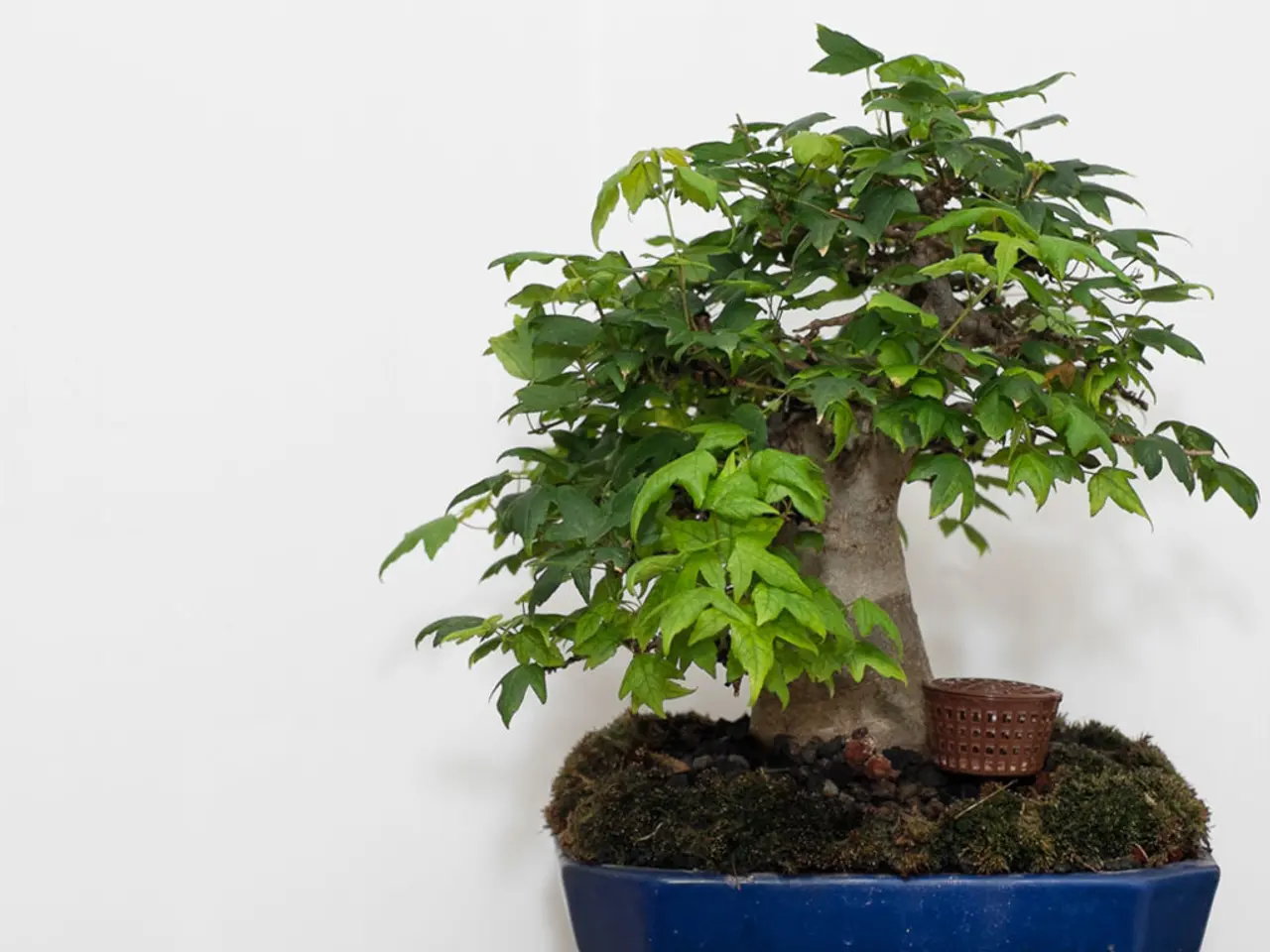Bonsai Dropping Leaves During Winter Season Explained
Indoor bonsai trees, despite being cherished household plants, can sometimes experience leaf loss during winter. This article aims to shed light on the various reasons behind this phenomenon and provide practical solutions for caretakers.
One of the primary causes of leaf drop in indoor bonsai trees is the fluctuation in temperature and humidity levels, a common occurrence in indoor environments with heating or cooling systems. For instance, a tropical bonsai might lose leaves due to cold drafts or hot, dry air from heating vents.
Another significant factor is the lack of natural light during winter. The reduced light can stress the tree, potentially leading to leaf loss. To counteract this, it's essential to provide the tree with sufficient light, either through a well-lit position near a window or the use of artificial light sources.
Inadequate care, including incorrect watering, fertilization, or pruning practices, can also cause stress, leading to leaf drop. Overwatering or underwatering can harm the roots, while improper fertilization can disrupt nutrient uptake. Over-fertilization can cause leaves to turn brown and fall off, while under-fertilization can result in yellow leaves that eventually drop.
Indoor bonsai trees can also be susceptible to pests like aphids or spider mites, which can cause leaf loss if not addressed promptly. In such cases, the use of insecticidal soap or neem oil can help control these pests.
It's important to note that some species, like deciduous bonsai trees, naturally shed leaves in response to shorter days and cooler temperatures, even if they are indoors. Keeping these trees in a warm environment can disrupt their natural dormancy cycle, leading to leaf loss.
To prevent unnecessary leaf loss, it's essential to maintain consistent, species-specific care and ensure that the tree is not exposed to extreme environmental conditions. Proper hygiene practices like cleaning tools between pruning sessions and sterilizing pots can help reduce the risk of fungal infections. Keeping humidity levels up through misting or placing a tray with water nearby can help deter spider mites.
Bonsai trees require between 6-12 hours of mostly indirect sunlight, depending on the variety. Moving the tree to an area with ideal light and temperature, supplementing with artificial light, or providing a sheer covering can help fix temperature-related issues.
In conclusion, understanding the causes of leaf loss in indoor bonsai trees is crucial for their health and longevity. By maintaining proper care, providing ideal environmental conditions, and promptly addressing pests and diseases, caretakers can help their bonsai trees thrive all year round.
[1] Bonsai Empire. (n.d.). Bonsai Tree Leaves Falling Off: 11 Common Reasons and How to Fix Them. Retrieved from https://www.bonsaiempire.com/bonsai-tree-leaves-falling-off/ [2] Bonsai Tonight. (n.d.). Bonsai Leaves Turning Yellow: Causes and Solutions. Retrieved from https://www.bonsaitonight.com/bonsai-leaves-turning-yellow-causes-and-solutions/ [3] Bonsai Bark. (n.d.). Bonsai Tree Leaves Falling Off: 10 Common Reasons and Solutions. Retrieved from https://www.bonsaibark.com/bonsai-tree-leaves-falling-off/ [5] Bonsai4me. (n.d.). Bonsai Tree Leaves Turning Yellow: Causes and Solutions. Retrieved from https://www.bonsai4me.com/bonsai-tree-leaves-turning-yellow-causes-and-solutions/
[1] Maintaining a conducive home-and-garden lifestyle, specifically with regards to bonsai trees, involves addressing a variety of factors to prevent leaf loss during winter. [2] Factors such as fluctuating temperatures and humidity levels, insufficient natural light, improper care, and pest infestations can all contribute to leaf drop in these cherished indoor plants.




